It takes a long time to set up an online shop. There are a lot of things that need your attention, and there isn’t anything that guarantees success.
From product shoot and website copy to store navigation and security certification, creating an eCommerce store necessitates meticulous attention to detail, as well as a great deal of effort and patience.
Even if you designed your online store with WooCommerce — a free eCommerce platform that makes selling goods and services simple — minor details can easily be missed, and if you don’t prepare ahead of time, you could miss a crucial feature.
The issue is that all knowledge about an eCommerce site’s pre-launch is so dispersed that it will take a long time for someone to gather, digest, and act on it.
Here’s a list of eight things to review before launching a WooCommerce store to make sure you don’t miss anything:
Review Brand Colors and Imagery

The architecture of your digital store is determined by the design of your website. It persuades potential customers to interact with the goods and ensures customer retention. The most successful website designs are simple and practical. A few main design considerations are as follows:
- Maintain brand colors consistently- Enable your visitors to interact with your brand through colors, which help to generate brand recall. Use the same color scheme throughout the board, including links and buttons. It improves the aesthetics of your store and strengthens your brand’s online presence.
- Use good quality images- Online shopping is not the same as shopping in a store. Prospects will only see the products and make a purchasing decision based on the photos you have. Showcase the goods with high-resolution images taken in proper lighting. This tutorial will show you how to make WooCommerce product images. Provide informative photographs, including views from various perspectives, while maintaining realism in details such as color. All images should be optimized to load quickly across platforms and devices without sacrificing quality.
- Add a favicon- Please keep them coming back to your website by adding a favicon to help it stand out among the many tabs. It’s the symbol that appears in the address bar and bookmark list of your browser. To return to your shop, choose one that suits your brand and can be recognized by your audience. Using a plugin like WP Retina 2X, you can also add a retina version of your logo.
Also Read: How To Begin An Online Store For Your Business
Easy Navigation and Site Search
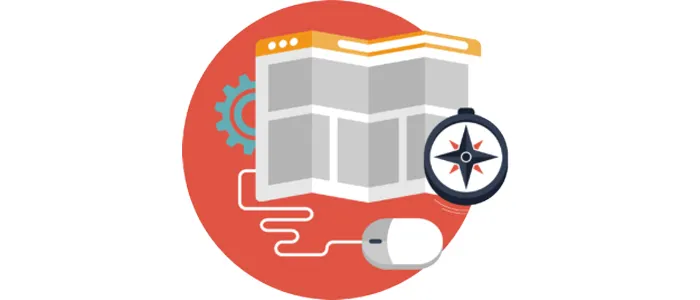
When visitors arrive at your shop, your goal should be to get them to spend a considerable amount of time looking around. Here’s how to make sure it happens:
- Use the homepage wisely– On the homepage, showcase your best product photos, videos, and text. In the first few seconds on your website’s homepage, most visitors form an impression of your brand. According to research, 55% of website users would abandon it within 15 seconds. So, please make the most of their time by displaying your best-selling product images on the home page, along with persuasive text and videos, in order to capture their attention.
- Allow them to contact you– Please provide valid contact details such as your address, email address, and phone number. Your customers should be able to see the details clearly and in-depth. It allows them to contact you in a variety of ways and increases their confidence in your business.
- Add a 404 page– If a customer clicks on a bad connection, a 404 page directs them back to the shop. To prevent users from drifting away to a new website, provide links to important sites on the 404 list.
- Quick access to cart and checkout pages– Assist the customer with the checkout procedure. Since this is the most important stage of their journey, keep distractions to a minimum. Customers can order from any page of your website if you strategically place your cart icon and connect to the Checkout page.
- Pay attention to the loading time– The time it takes for your website to load is critical for keeping visitors on your pages. According to a customer preferences study, a website’s expected loading time is two seconds, and users leave websites that take longer than three seconds to load.
Check your Store’s Functionality
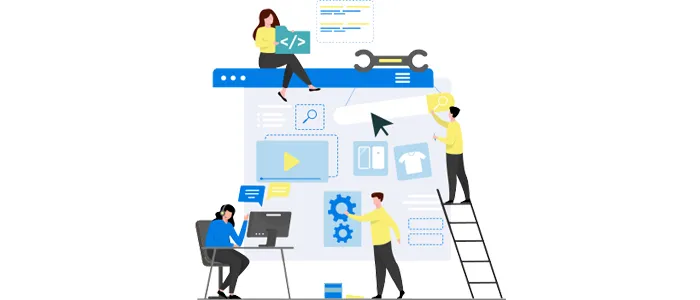
Your WooCommerce store should not only look fine but also work properly. Ease of use, correct linking, and navigational ease will keep all of your customers on the site for longer:
- Check all your links– All links on – page should work, including those in headers and footers. Check the settings for external site links to make sure they open in a new tab.
- Fill all forms to cross-check– Check if the submission process is running smoothly by filling out your contact form. To let them know you’ve got their request, show them a confirmation page or give them an email.
- Use clear calls to action– Remember that your WooCommerce store was created to generate revenue for your business. Request that your customers make a purchase, and do it in a way that catches their attention. Add buttons with contrasting colors and use actionable language to increase purchasing intent. Use phrases like “Buy Now,” “Place Your Order,” or “Find Your Fit” when describing your product. These guide your visitors to the next steps in their online journey.
- Offer multiple payment processors– Consumers value the right to choose a convenient payment option in general. Imagine you’re about to complete a transaction when you notice the site doesn’t accept your preferred method of payment. If you’re too irritated, wouldn’t you be discouraged or even leave the cart? To make it easier for them to buy from you, have multiple checkout options such as COD, credit/debit card, PayPal, Stripe, and so on.
Ensure Site Accessibility is on Point
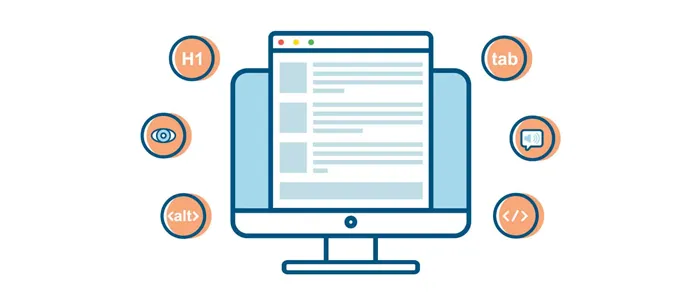
According to the World Health Organization, 15% of the world’s population has a disability. Certain aspects of the digital world, such as architecture, may be difficult for them to communicate with. As a result, as the owner of an eCommerce company, you must ensure that your website is open to people with disabilities. To search for WCAG and ADA compatibility, run a WordPress usability test (like WAVE, shown above). Then you can use a free plugin like Accessibe’s to add open elements to your website. Then, by changing the following items, you can improve your website:
- Make page titles and headings clear- The page title is tagged with the h1> tag, while subheadings are tagged with the h2> tag. People who use screen readers will be able to understand how your WooCommerce is set up this way.
- Add alt text to the images and make link text more descriptive- The short description that appears while the cursor has hovered over a picture is known as alt-text. Again, those who use screen readers will read the alt text to figure out what a picture is about. As a result, be as descriptive as possible. The same can be said for hyperlinks. Using a closed-ended sentence like “Read more about us on our meet the team page” instead of just saying “Read more about us here.” Give your guests some background information.
- Choose easy-to-read fonts- Use simple fonts like Calibri, Arial, and other “sans serif” fonts to ensure that all of your site’s visitors can easily read the text. Avoid papyrus or cursive fonts that have too many curves and dips.
Sort Out Specific eCommerce Tasks
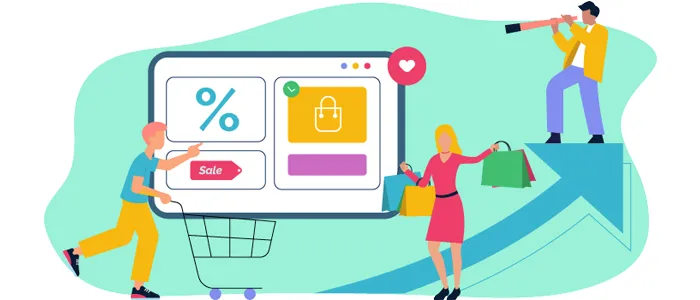
Your WooCommerce store is your online store, and it must greet, teach, and convert your guests. Before the launch, make sure you go through the following checklists to ensure you don’t overlook anything important.
- Review the checkout process– Take some time to go through the WooCommerce checkout process and make changes if necessary. The majority of cart abandonments occur during the checkout procedure. Customers are irritated by a boring one. As a result, run through the checkout process several times before launching to look for and correct any errors. Examine the entire process for any of the payment methods to ensure that the appropriate messages are shown in the event of non-payment or incorrect information being entered. Test coupon codes to make sure they operate according to the offer’s terms.
- Check your inventory– At launch, the store should be fully stocked. Check the inventory levels of each of your items. The details can be updated by going to “WooCommerce > Settings > Products > Inventory.” You can sync inventory with any website, like a personal warehouse, an Amazon store, or an eBay store, using WooCommerce extensions.
- Manage post-order communication– Ensure that all orders are verified via email notification. You can send personalized emails to your customers using the WooCommerce email customizer extension. The same mechanism may be used to communicate after a payment failure or a cart abandonment.
- Review customer dashboard– A user-friendly customer dashboard means fewer bounces and more repeat business. Please keep it easy so they can log in and get important details quickly. Understand what details the customers need, such as their order history, billing information, and order tracking numbers, and make it accessible to them.
Optimize for SEO
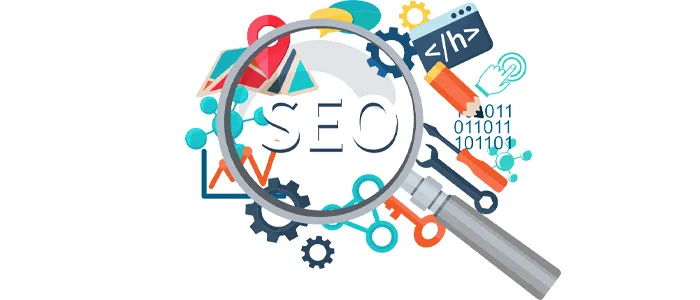
To succeed in your industry, you’ll need SEO. There are many essential WooCommerce plugins for your online store that can assist you in SEO.
For new eCommerce shops, plugins like Yoast WooCommerce SEO come in handy. When reviewing your SEO settings, keep the following in mind:
- Write compelling meta descriptions- All of your web pages should have meta descriptions. These appear on SERPs as a rundown of your company and goods, enticing potential customers to visit your website by clicking on the link.
- Add alt text to your images- When you add alt text to your photos, Google will “read” them and show them alongside your targeted keywords. Screen readers for visually disabled people will read the alt text and illustrate your content.
- Customize the URL structure- Customize the URLs for each page to ensure that they are succinct and clearly illustrate what the page is about.
- Create a sitemap- To build your sitemap, go to sites like XML-sitemaps.com. It’s a website blueprint that can be submitted to Google via Google Search Console, allowing it to crawl and index your web pages based on relevance.
Don’t Forget About Store Security
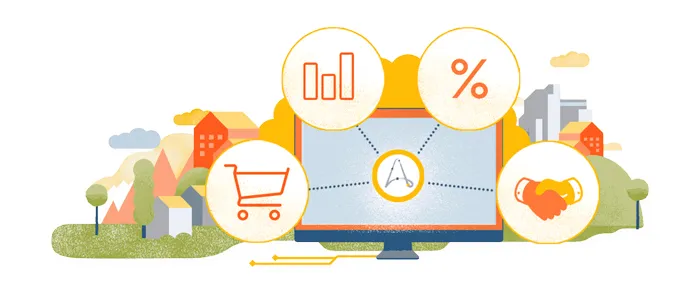
These basic steps will protect your website from security threats and hacking.
- Set up a firewall– Set up a Firewall to protect your website from malicious attacks. You may use a versatile firewall solution that also includes a CDN, such as Imperva.
- Obtain an SSL certificate– Avoid Google highlighting your company for not getting an SSL certificate by encrypting your confidential information with one. Fortunately, thanks to free services like Let’s Encrypt, setting up SSL for WooCommerce stores (and all WordPress sites) is easy.
- Keep hackers at bay– In your WordPress backend, delete all unnecessary info. This involves deleting any unused themes, plugins, websites, or posts that hackers might use to gain access to your site. Keeping your WordPress installation clean reduces the amount of space available for exploits.
Put Legalities in Place

A legal structure will help you protect your company and define your store policies. A lawyer will assist you in drafting them and strategically positioning them on your WooCommerce store.
- Outline your terms and conditions- Create a collection of personalized terms and conditions, including a payment mechanism, a return policy, and, if applicable, legal consequences. For easy access, position it on the product and checkout pages. You can choose a pre-built T&C template by going to Appearance > Customize > WooCommerce and selecting a template that fits your company.
- Design a privacy policy- Your privacy policy ensures that all of your customers’ personal information and data are treated correctly on your website. It gives your business credibility, and you can easily build a WordPress Privacy Policy and assign it to it under Appearance > Customize > WooCommerce> Privacy Policy Page.
Also Read: Facebook Marketing Tips for Your eCommerce Store
Use AI to Optimize for Conversions
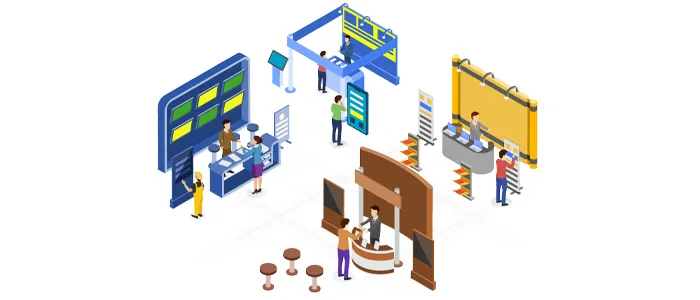
Different customers have different motivations or goals for purchasing a product or using a service. You can use AI to deliver the most appropriate message to any visitor who visits your eCommerce store in real-time and direct them through the purchasing process.
E-commerce personalization tools such as Dialogue AI can help you evaluate your customers’ actions in real-time and turn them into paying customers. AI is able to recognize what visitors are searching for and tailor product recommendations and deals to increase ROI and conversion.
Test before you launch
You’re almost there, but don’t forget to try. The easiest way to find any flaws in your WooCommerce store is to test it. It’s even easier if you have real people test your website.
WooCommerce offers unparallel ease of operating the store, a simple CMS to manage everything, easy website maintenance, and unparallel community support. For early starters, WooCommerce is a go-to eCommerce solution.
So what are you waiting for you? Go and start selling online with WooCommerce now!




















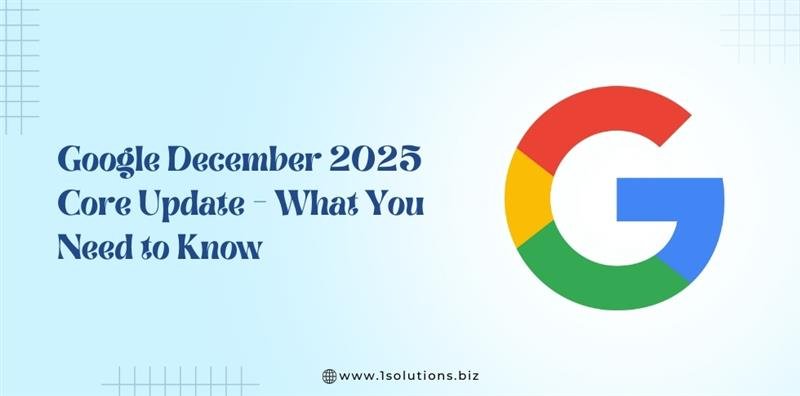
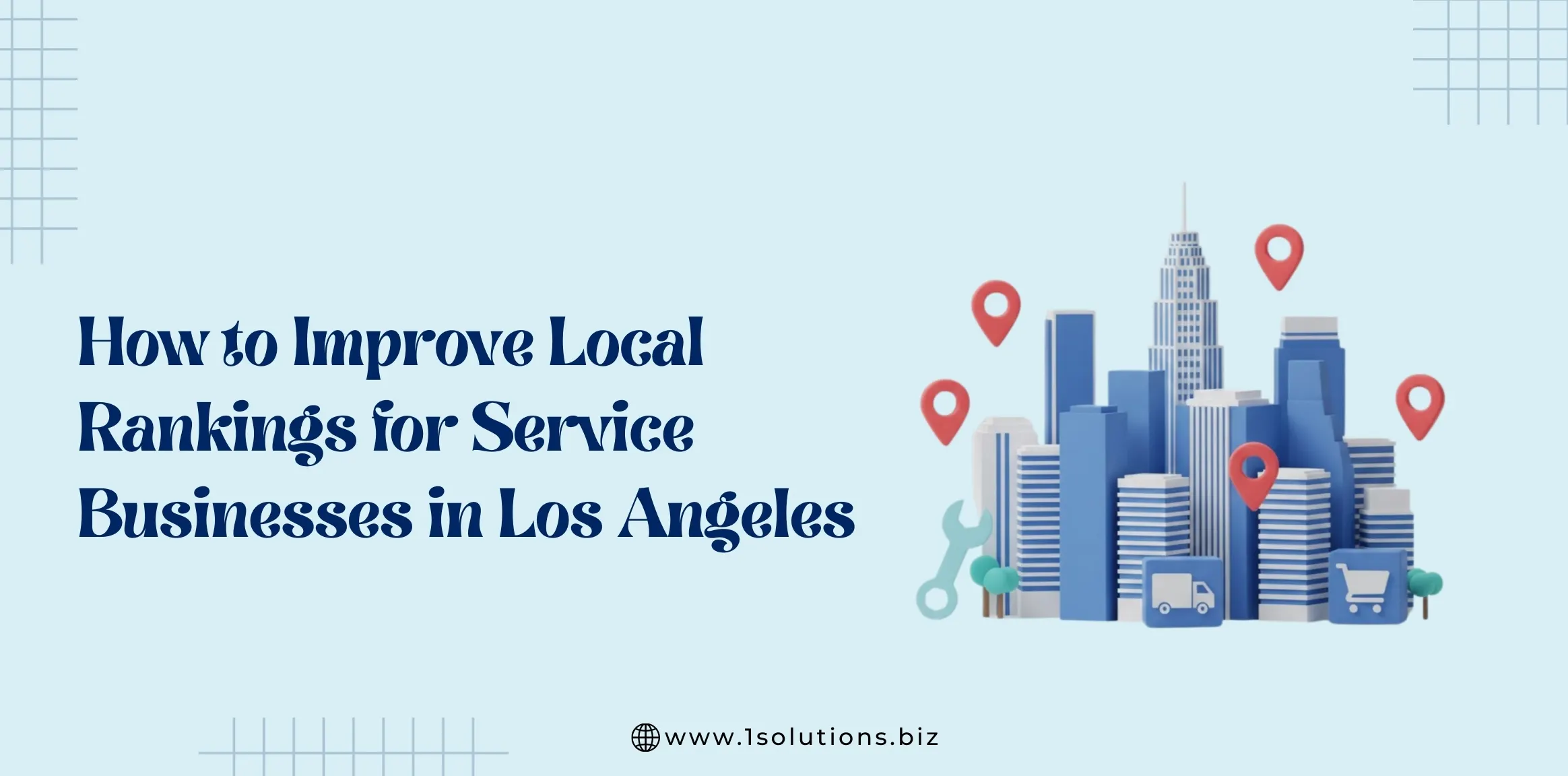
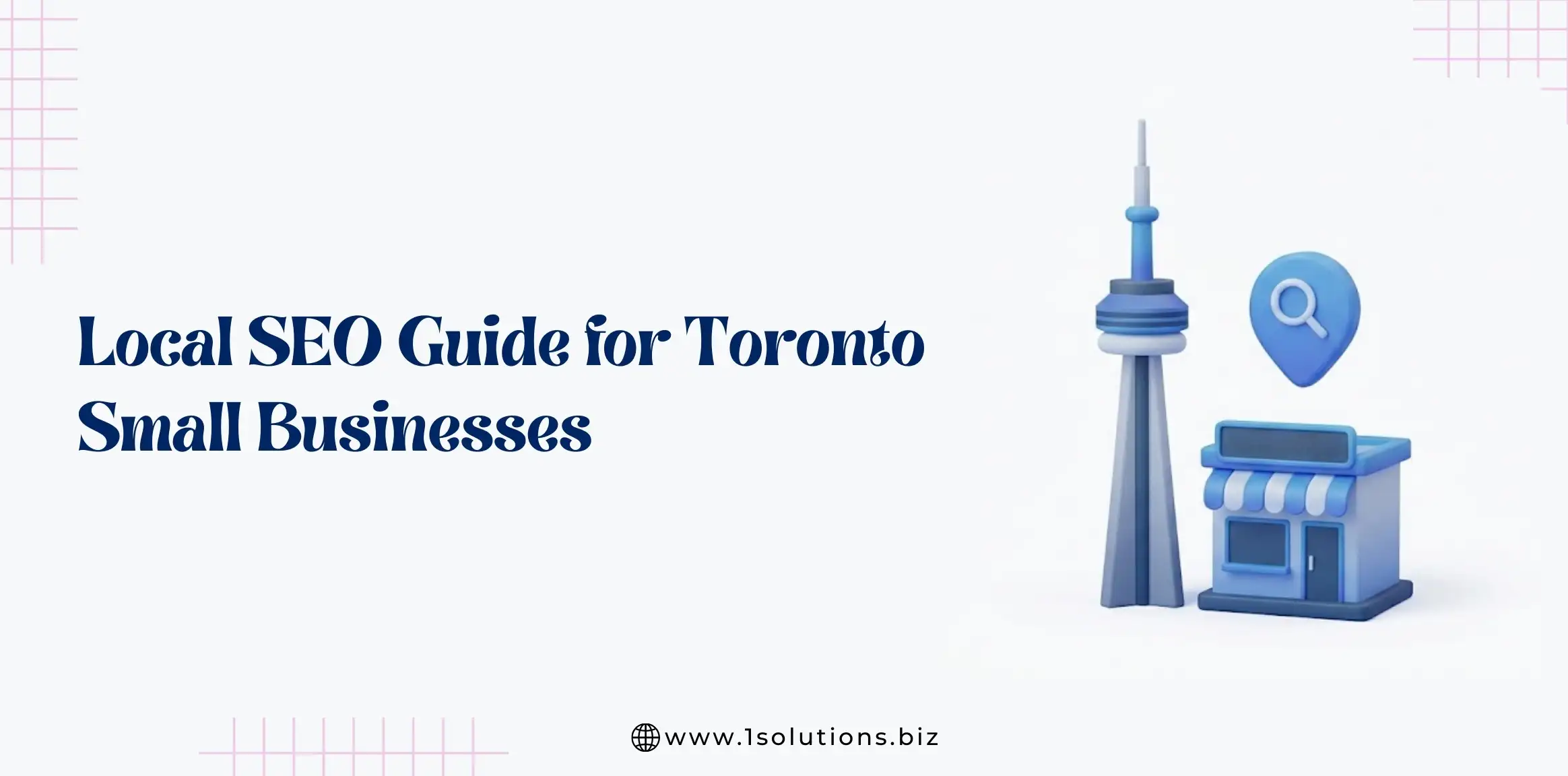
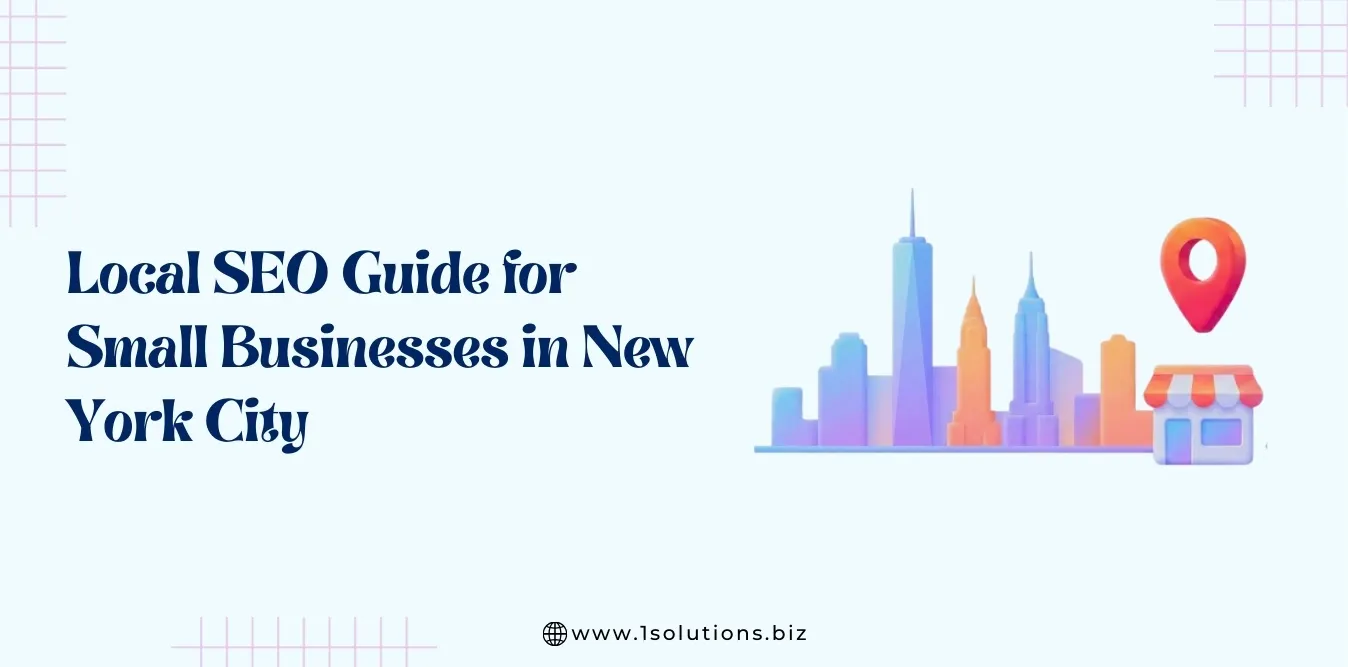

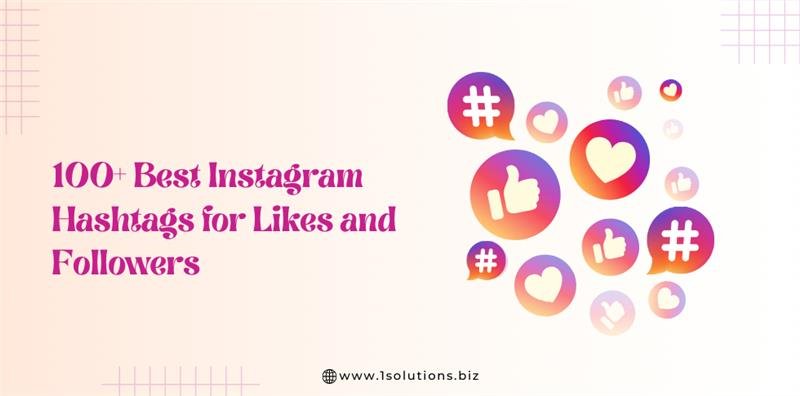
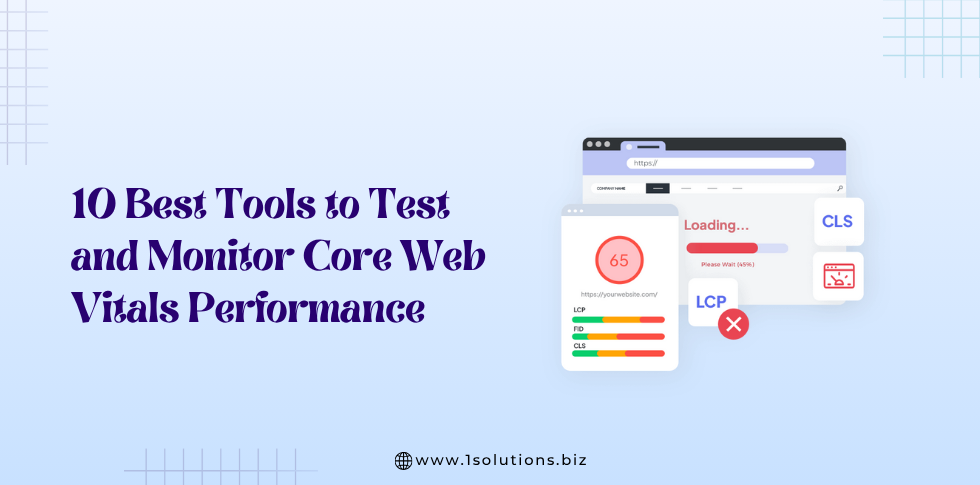



 in India
in India